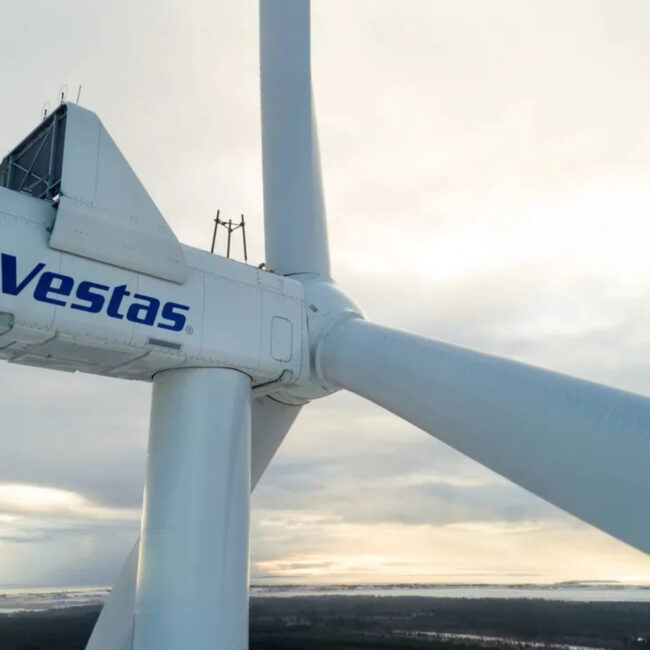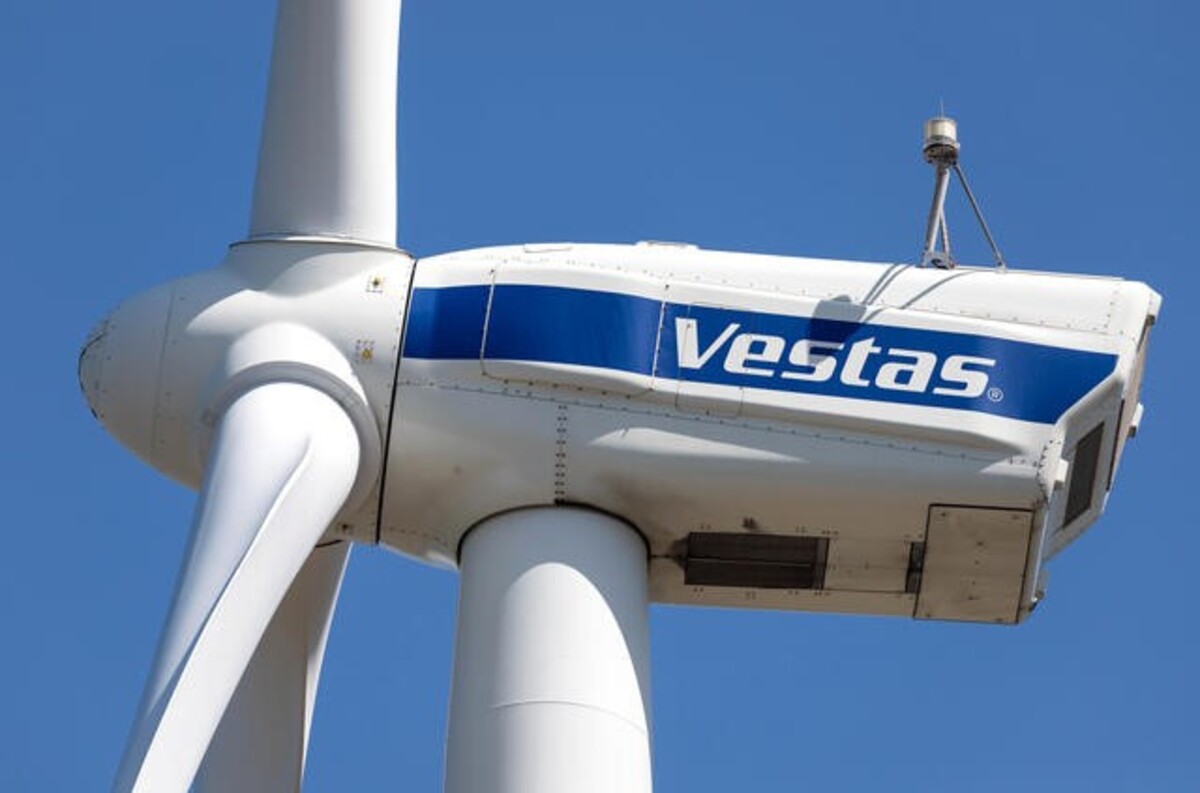When we talk about using renewables in general, the motto is – Use what you have most. Some use the power of the sun, some the power of water, and Vestas – the power of the wind. Vestas is the world’s No.1 wind turbine manufacturer.
Maybe it’s a bit easier to use sun power compared to wind power, but it seems that the latter is much more cost-effective in the end. That’s the financial part Vestas points out. The other important thing is the land capacity. If a significant part of a country’s territory is on the sea, why burden the sailing paths with massive solar panels? Why waste the limited arable land? Vestas wind turbines take up almost no space – onshore or offshore. Vestas produces both – offshore and onshore wind turbines.
Another factor contributing to the popularity of wind turbines as power generators is space savings. They are clean, reusable, and abundant sources of energy.
No, Vestas did not invent wind turbines
Did you know that wind power has been used since… Always? Sails, windmills, wind pumps… Also, did you know that Vestas, in one way or another, have existed since 1898? Officially founded in 1945, as Vestas Wind Systems A/S, it is a Danish company. It entered the wind turbine business in 1979. Vestas started in Denmark and now it is all over the world with the biggest headquarters in Palm Springs in the USA.
Vestas produces, sells, installs, and maintains wind turbines. More than 25,000 people work for the company worldwide. The firm has production facilities in Denmark, Germany, the Netherlands, Taiwan, India, Italy, Romania, the United Kingdom, Spain, Sweden, Norway, Australia, China, Brazil, Poland, and the United States.

Think big, make big
MHI-Vestas, which includes the 7-9 MW Vestas V164, the most powerful turbine on Earth, was created in September 2013 as a result of a joint venture between Vestas and Mitsubishi Heavy Industries for offshore wind turbines.
Their biggest “baby” is the Fosen windmill project near Trondheim in Norway. For the project, 1,000 MW (278 x 3.6 MW) wind turbines were ordered. They produce 3.4 TWh of power per year.
As time goes by, wind turbine production becomes cheaper. In 2015 their cost was 0.91 euros per MW. Next year it was 0.83 euros. Now the price is pretty much the same, but the production of power increased. Not to mention the cost of electricity. So, yes, wind turbines are cost-effective. Even though they look WOW expensive at a first glance.
To ride the wind, it needs a bit of luck, but mostly – courage
The company today produces various wind turbines and spends a lot on research. The company participated in the deployment of a floating wind turbine offshore from Portugal in 2011. This system, called WindFloat, has a floating foundation, conventional mooring, and a wind turbine. And it put Vestas into history — they used no specialized equipment for the construction.
Vestas will create the second-highest offshore wind turbine in the world by 2022, with a blade height of 115 meters and a 15 MW energy output. Vestas revealed the highest onshore wind farm tower in September 2022. Reaching the zone of stronger and more stable winds will be possible thanks to the 199-meter structure. Vestas V172 generator with a 172-meter rotor diameter and 7.2 MW of output is supposed to be installed there. The towers will be located in Germany and Austria.
They maintain and check up on the wind farms they made. As the company engineers say, when managing a wind farm, several elements must be considered. To get the most out of the wind turbines, it needs to be maintained, successfully managed, and trained for the operation. It also needs to be insured. Vestas offers assistance in the occurrence of any kind of these problems.
Also, the company provides a comprehensive range of options and solutions to support every stage of the electricity production value chain so the wind farm can give the most out of possible capacity.
It is possible to build wind farms even in difficult locations, but you must know the wind. Vestas knows the wind too long and too good.

